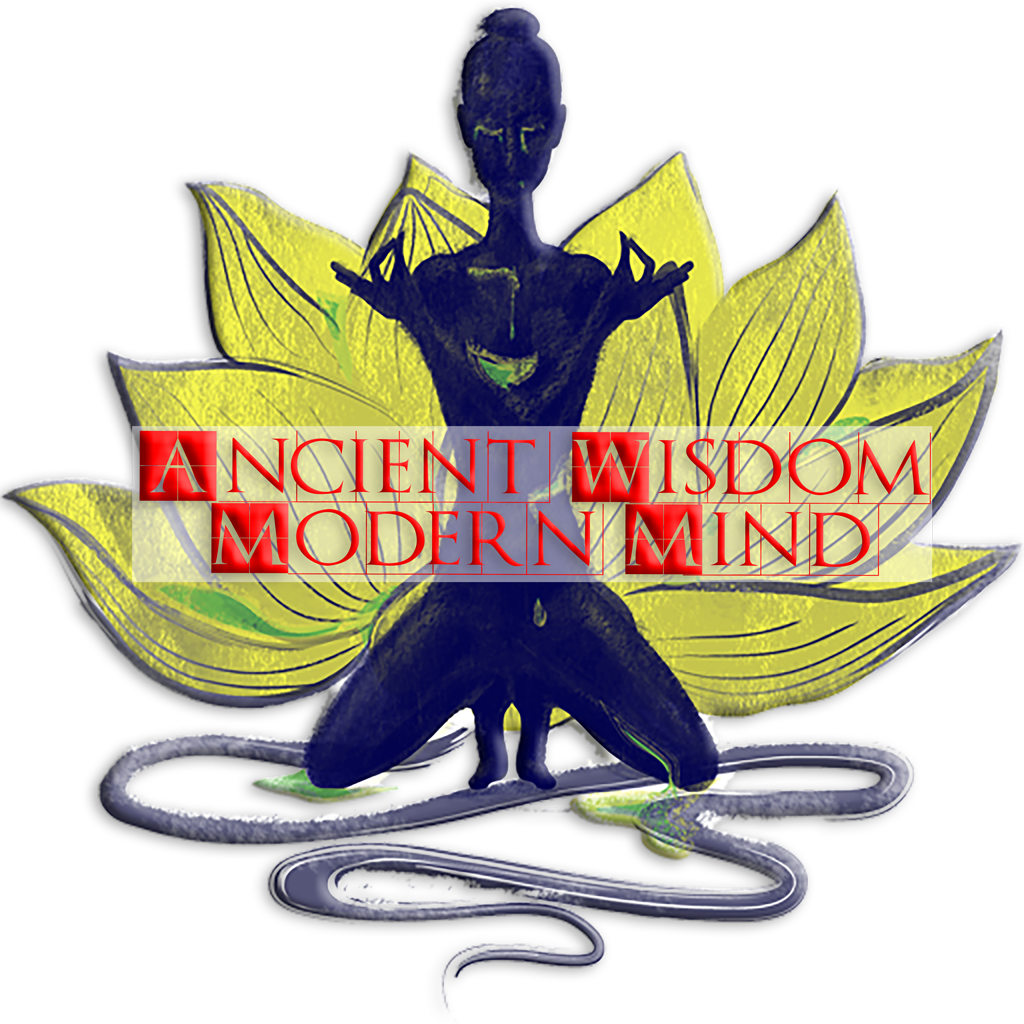How To Do Zazen Meditation | Full Guided Details Zazen Breathing & Posture
What is zazen meditation? How to do Zazen Meditation?
Hello and welcome to the Ancient wisdom modern mind podcast and in this audio I explain in detail Zazen Posture and Breathing and how to do zazen meditation!
Zazen, a form of seated meditation is at the very heart of Zen practice. To be enlightened by the ten thousand things is to recognize the unity of the self and all things. The Buddha sat in meditation to realize his enlightenment, and for 2,500 years this meditation tradition has continued, passed down to us from generation to generation. The Buddha’s meditation practice spread from India to China, to Japan, to other parts of Asia, and then finally to the West. The essential aspects of zazen are fairly easy to communicate and are important for both beginning and mature practitioners.
Zazen is the practice of attending to experience as it presents itself, with and as the whole body mind. While the mind may wander off into thoughts of the past, interpretations of the present, and speculations concerning the future, the body is always right here and right now. Thus, zazen begins with the body practicing an upright and attentive posture.
The main point of zazen posture is to attend, and not to merely take on or force the body into a particular position in order to look or feel "holy" or "like a Buddha". You take a strong, stable, and open posture to practice, to open to your actual experience, to understand yourself, to enter and manifest the Unborn nature, and realize yourself as Buddha.
It is true that many meditation practices in the Buddhist tradition are helpful in achieving these objectives, and these may certainly be skillful uses of meditation tools.
When you do zazen, find a quiet place where you can sit without disturbances. It shouldn’t be too dark or too bright, warm in the winter and cool in the summer. The sitting place should be neat and clean. Avoid sitting when you haven't had sufficient sleep or when you are physically exhausted.
Place a thick square mat (zabuton) in front of the wall and put a zafu on it. Sit down, placing the base of your spine at the center of the zafu so that half of the zafu is behind you. After crossing your legs, rest your knees firmly on the zabuton.
Zazen Posture:
Full Lotus Position
Half Lotus Position
You have to do few things while doing Zazen:
Head and neck: head and neck whatever the position you choose to adopt make sure that your back and neck stay as straight as possible
The eyes: Keep your eyes slightly open. Cast them downward at about a 45-degree angle. Without focusing on any particular thing, let everything have its place in your field of vision.
Cosmic Mudra: Place your right hand, palm-up, on your left foot, and your left hand palm-up on your right palm. The tips of your thumbs should be lightly touching each other. This is called Cosmic Mudra (hokkai-join).
Letter of Support
Hello my friends, the patronage of regular followers is greatly appreciated and is the true spirit of mutual self-love… So, if you find any value or joy in the content, please consider becoming a Supporting Patron by downloading Podcasts for a small supporter’s remuneration or by purchasing Meditation audios or books from the Books & Meditation Audios page or by clicking the Supporters Link, and this one simple act makes a huge difference.
👍 share and Stay safe.
If you would like to learn about Zen mediation then I have also created the Zazen Compilation ALBUM (The Complete Zen Collection to understanding Zen, Zazen and Kinhin, including guided meditations), follow the link.
References
// IMAGE S O U R C E: 15718987707 License to use Creative Commons Zero - CC0 © David Gabriel Fischer - THE ZEN DIARY | flickr.com
// IMAGE S O U R C E: Cosmic Mudrā meditation position (Hokkaijoin) ID 15098452632, License to use Creative Commons Zero - CC0 © David Gabriel Fischer - THE ZEN DIARY | flickr.com
// ZEN S O U R C E: www.terebess.hu/zen/, Glossary, Masters and Disciples, Temples and Centers, Zen Literature
// ZEN S O U R C E: Some resources were respectfully taken from the book Lin-chi - PDF download, The Zen Teachings of Master Lin-Chi | Zen Literature
// ZEN S O U R C E: Resources were respectfully taken from the highly recommended book, How to Practice ZAZEN By: Gudo Wafu Nishijima and Joe Langdon | Zen Literature, Published August, 1977.

